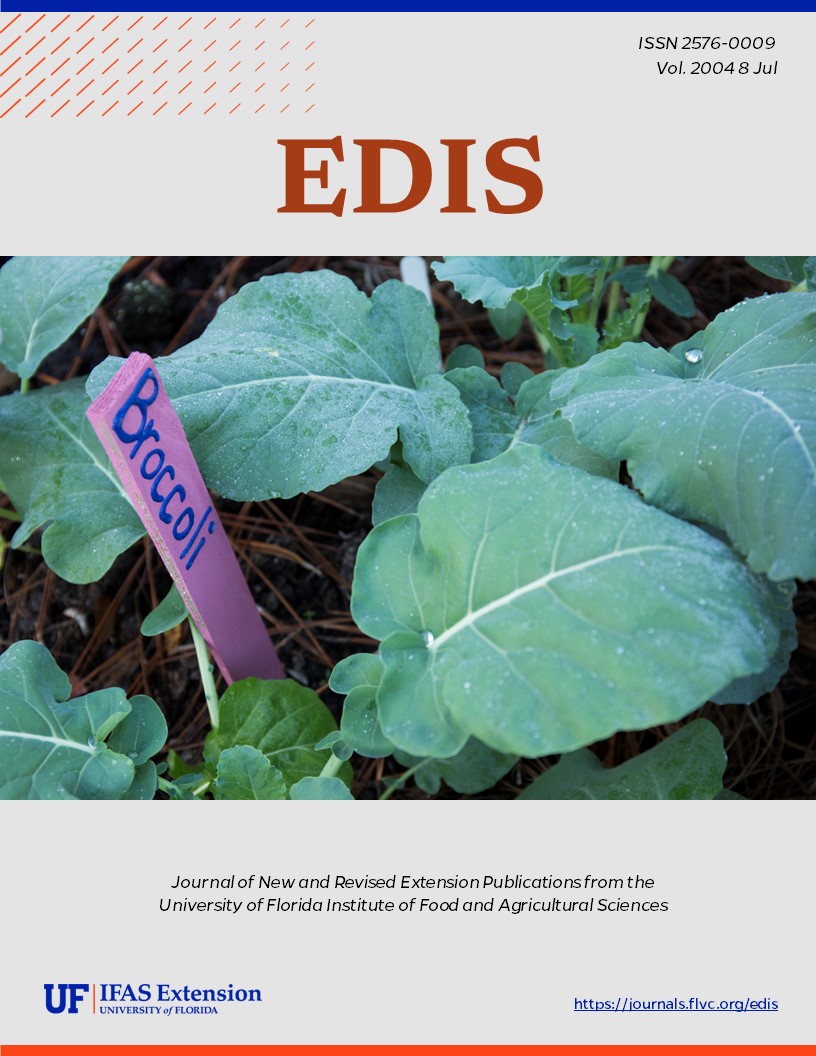Resumen
False rosemary (Conradina canescens Gray [Lamiaceae]) is common to coastal areas of west Florida and is known to contribute to beach mouse habitat. This species can be considered a drought-tolerant landscape plant. Coastal homeowners interested in diminished water and fertilizer application may consider the use of false rosemary in landscapes of coastal developments. This document is Fact Sheet ENH 973, from the Environmental Horticulture Department and the Wildlife Ecology and Conservation Department, Florida Cooperative Extension Service, Institute of Food and Agricultural Sciences, University of Florida. Publication date: March 25, 2004.
ENH 973/EP230: Propagation and Production of False Rosemary (ufl.edu)
Citas
Bell, CR and Taylor, BJ. 1982. Florida Wild Flowers and Roadside Plants. Laurel Hill Press. Chapel Hill. p. 79.
Clewel, AF. 1985. Guide to the Vascular Plants of the Florida Panhandle. University Presses of Florida, Florida State University Press. Tallahassee. p.158-159.
Thetford, Mack and Debbie Miller. 2002. Propagation of 4 Florida Coastal Dune Species. Native Plants Journal. Vol.3(2):112-120.
Unless otherwise specified, articles published in the EDIS journal after January 1, 2024 are licensed under a Creative Commons Attribution-NonCommercial-NoDerivs 4.0 International (CC BY-NC-ND 4.0) license.

